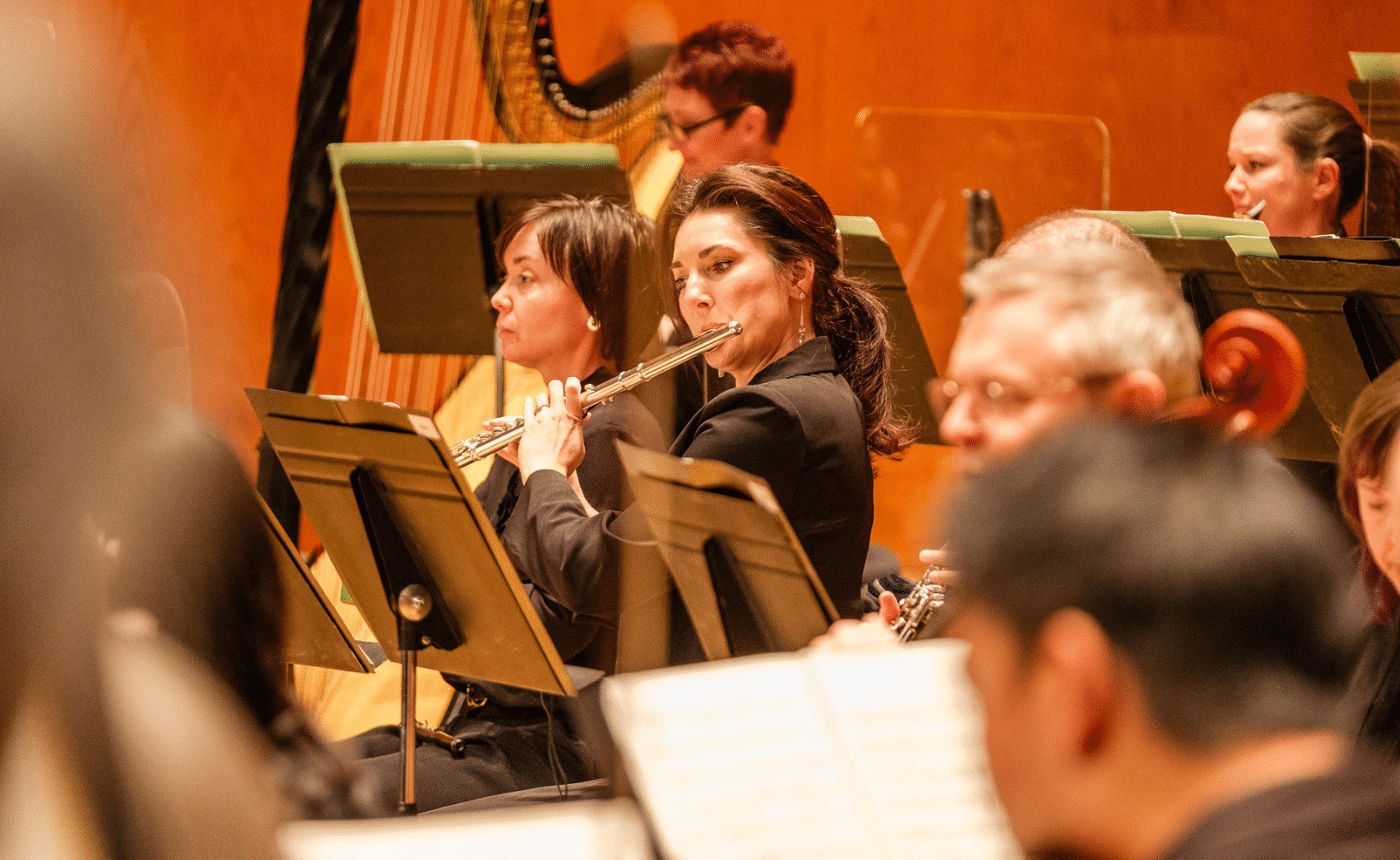WEBER: Andante & Hungarian Rondo
by Jeff Counts
THE COMPOSER – CARL MARIA VON WEBER (b. 1786-1826) – Weber’s relatively short life (he died at the age of 39) was filled with discord. Opportunity came early for him, like with the appointment as Director at the Breslau Opera at the age of 17, but so did disappointment. The intensity of Weber’s ambition, for example, alienated members of the Breslau company and he didn’t last there beyond his initial 2-year contract. While continuing to stay busy as a composer on the side, Weber later served as private secretary to King Frederick of Württemberg’s brother Ludwig from 1807-1810. That didn’t end well either, as Weber was arrested for embezzlement, briefly jailed and banned from the region.

THE HISTORY – Much of what Weber produced during those strange years was liturgical in nature, but there were also secular songs with guitar accompaniment and many pieces for piano. Not to be forgotten among them was a brief almost-concerto he composed in 1809 for his violist brother Fritz, the Andante & Hungarian Rondo. Weber, according to noted biographer John Hamilton Warrack, was forever at odds with formal tradition and cultivated a particular distaste for the rigorous confinements of the sonata-allegro template that, to that point, made up the majority of concerto first movements. “The true color and weight of [Weber’s] invention,” wrote Warrack, “lies elsewhere, in the grave, strangely-hued slow movements or the dashing charm of the finales.” In the complimentary opinion of scholar Melissa Kritzer, this observation brings the several works in Weber’s catalogue that appear to simply avoid first movements altogether into sharper focus. Allegro & Hungarian Rondo is a perfect example of this practice by Weber, with its “grave” slow section and “dashing” conclusion. As for the “Hungarian” nature of the rondo, Weber here is taking part in the enthusiastic “exoticism” that had gripped Western European music for decades. He includes no reference to a particular folk melody, but instead makes handy use of certain rhythmic and melodic conventions that, to German ears in the early 19th century, identified quite clearly as Hungarian. Interestingly, the viola would not have the last word on this piece. When Weber conducted a performance of his Concertino for Clarinet in 1810 with the Munich Court Orchestra, several of the group’s other wind principals approached him about works for their instruments. One result of those requests was a re-working of the Andante & Hungarian Rondo for the virtuoso bassoonist Georg Friedrich Brandt. It is in this guise (with apologies to Fritz von Weber and every violist since), that the score is best known today.
THE WORLD – Elsewhere in 1809, Napoleon suffered his first defeat in ten years at the hands of Austrian Archduke Charles, Robert Fulton got his patent for the steamboat, King Gustav IV Adolf was deposed and imprisoned in Sweden and Thomas Paine passed away.
THE CONNECTION – This is the first time Andante & Hungarian Rondo has been performed by Utah Symphony.












